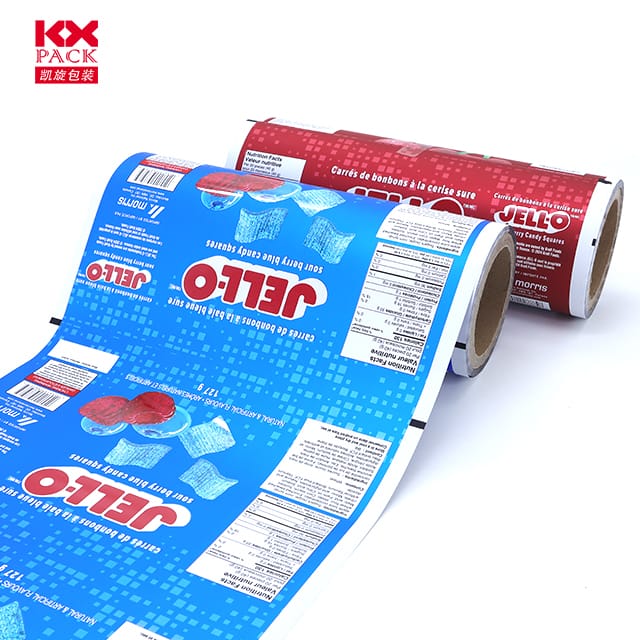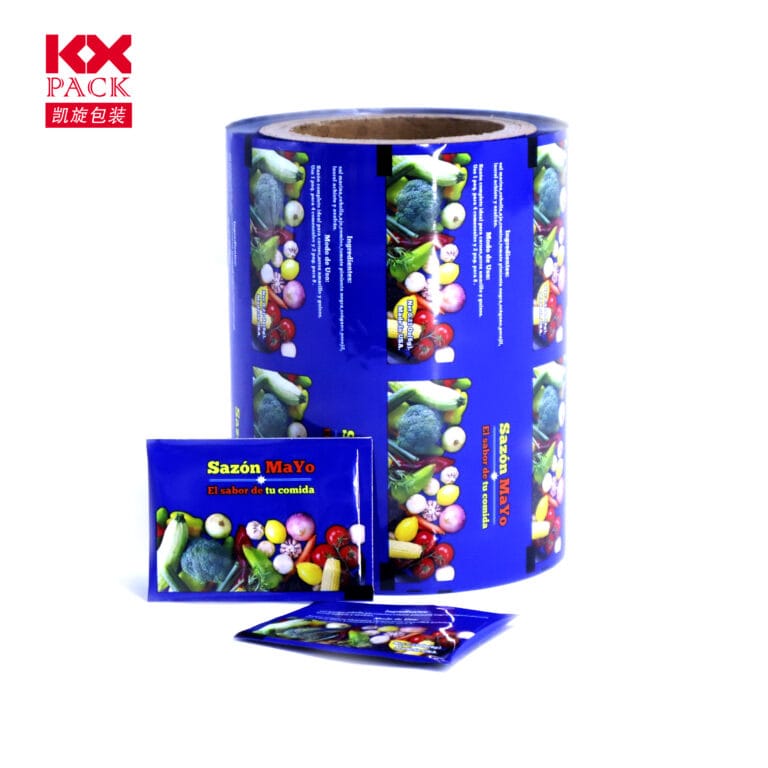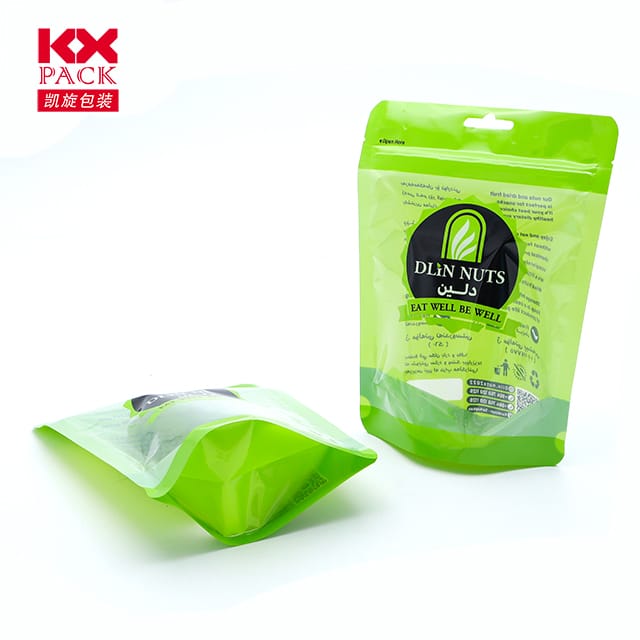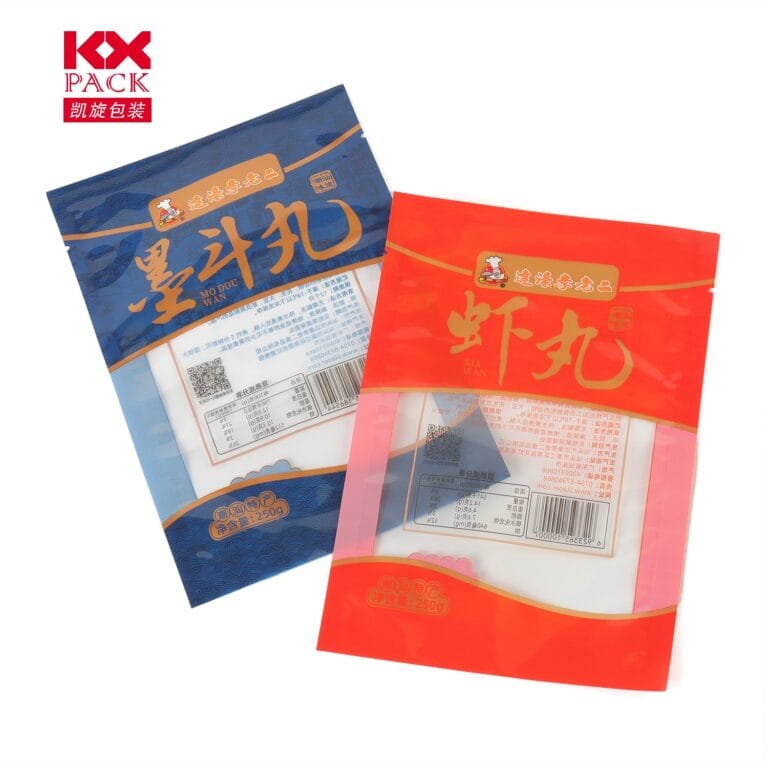現代の産業における柔軟なプラスチックフィルムパッケージの進化と影響
柔軟なプラスチックフィルムパッケージ
In recent years, 柔軟なプラスチックフィルムパッケージは、最新のパッケージソリューションの礎石として浮上しています, 食品や飲み物から医薬品や消費財に革命を起こす産業. その軽量, 汎用性, そして、費用対効果の高い性質はそれを不可欠にしました, しかし、その有病率の高まりは、持続可能性と環境責任に関する重要な疑問も提起します. Let’s explore the rise of flexible plastic film packaging, its benefits, 課題, and the innovations shaping its future.
What Is Flexible Plastic Film Packaging?
Flexible plastic film packaging refers to thin, pliable sheets made from polymers such as polyethylene (PE), ポリプロピレン (PP), polyester (ペット), or biodegradable alternatives like PLA (ポリラトン酸). These films are used to create pouches, バッグ, wraps, and liners that protect products from moisture, 酸素, ライト, and contamination. Unlike rigid packaging (例えば。, glass or metal), flexible films can be molded into custom shapes, reducing material waste and enabling efficient storage and transportation.
Why Is It So Popular?
- 汎用性: Flexible films adapt to diverse products, from fresh produce and snacks to cosmetics and medical supplies. They can be printed with vibrant graphics, ブランドの可視性の向上.
- Cost-Efficiency: Manufacturing flexible films requires less energy and raw materials compared to rigid alternatives, lowering production costs.
- 賞味期限の延長: Multi-layer films with barrier properties (例えば。, oxygen scavengers) 鮮度を保つ, reducing food waste.
- 利便性: Resealable zippers, 注ぎ口, and easy-tear features improve user experience, particularly in on-the-go consumption.
Environmental Challenges
Despite its advantages, flexible plastic film packaging faces scrutiny for its environmental impact:
- Non-Biodegradability: Most films are derived from fossil fuels and persist in landfills for centuries.
- Recycling Barriers: Thin, multi-layered structures are often incompatible with traditional recycling systems, leading to low recycling rates (estimated at just 5–10% globally).
- マイクロプラスチック汚染: Improper disposal can fragment films into microplastics, contaminating ecosystems.
持続可能性を推進するイノベーション
The industry is responding with groundbreaking solutions to mitigate environmental harm:
- 生分解性および堆肥化可能なフィルム: Materials like PLA (made from corn starch) and PHA (ポリヒドロキシアルカノエート) break down naturally under specific conditions.
- Advanced Recycling Technologies: Chemical recycling processes can convert mixed plastic waste into reusable feedstock, enabling circular economy models.
- Mono-Material Designs: Replacing multi-layer films with single-polymer structures improves recyclability without sacrificing performance.
- Reusable Packaging Systems: Brands are experimenting with refillable pouches and take-back programs to reduce single-use waste.
The Future of Flexible Packaging
As consumer demand for eco-friendly options grows, manufacturers face pressure to innovate. Governments are also stepping in with regulations like extended producer responsibility (EPR) laws, which hold companies accountable for packaging waste.
The key to a sustainable future lies in balancing functionality with environmental stewardship. By investing in biodegradable materials, scalable recycling infrastructure, and consumer education, the industry can transform flexible plastic film packaging into a solution that benefits both businesses and the planet.
結論
Flexible plastic film packaging is a testament to human ingenuity, offering unmatched convenience and efficiency. でも, its environmental footprint demands urgent action. Through collaboration between innovators, policymakers, and consumers, we can ensure this versatile material evolves into a cornerstone of sustainable packaging—proving that progress and responsibility can go hand in hand.
What are your thoughts on flexible plastic film packaging? Share your ideas in the comments below!
キーワード: flexible plastic film packaging, 持続可能なパッケージ, biodegradable films, recycling innovation, 循環経済







